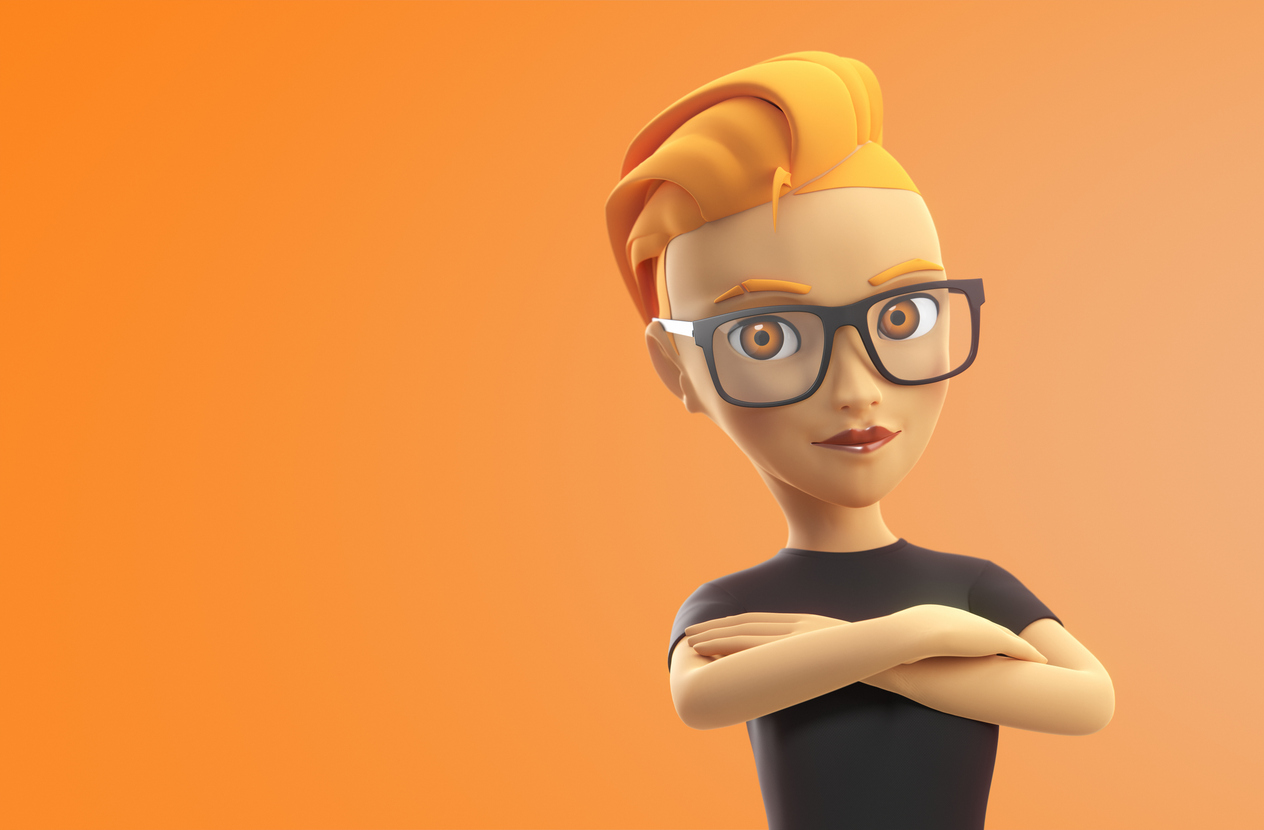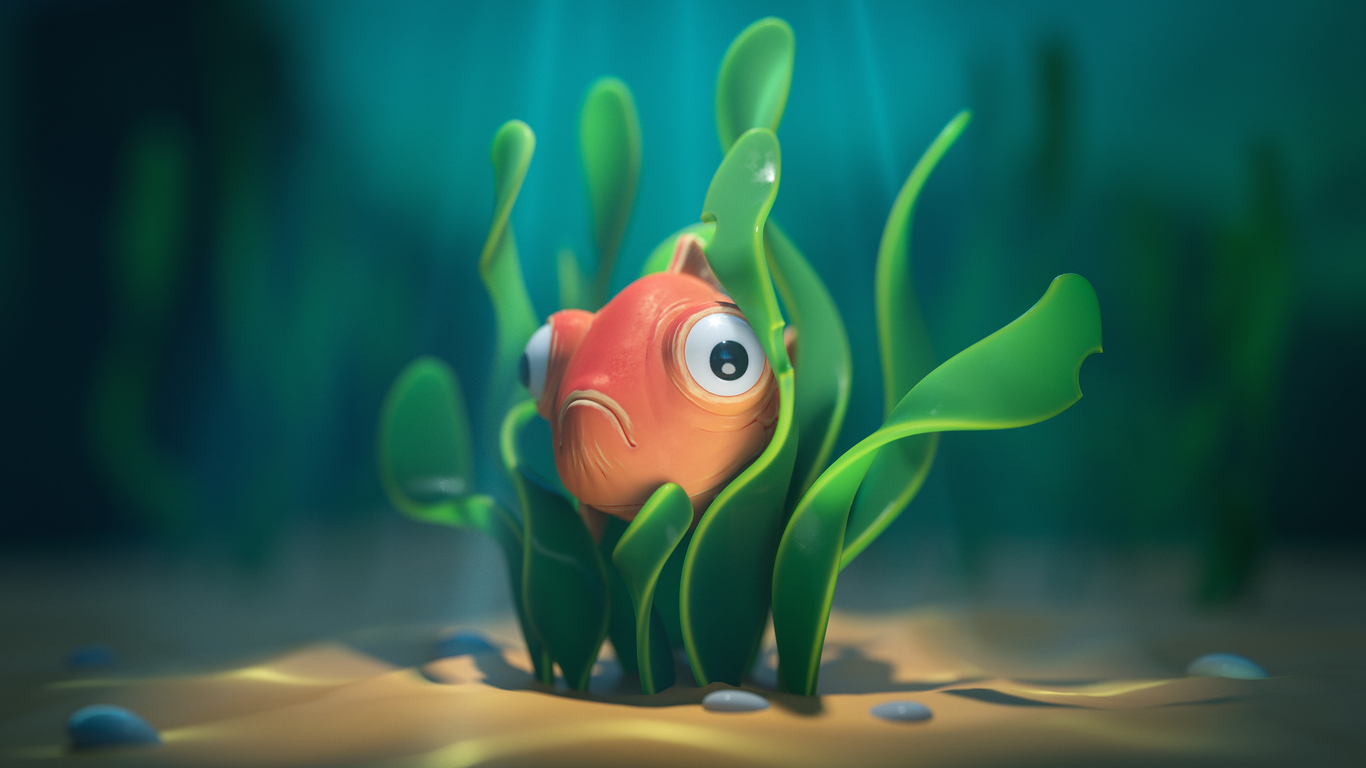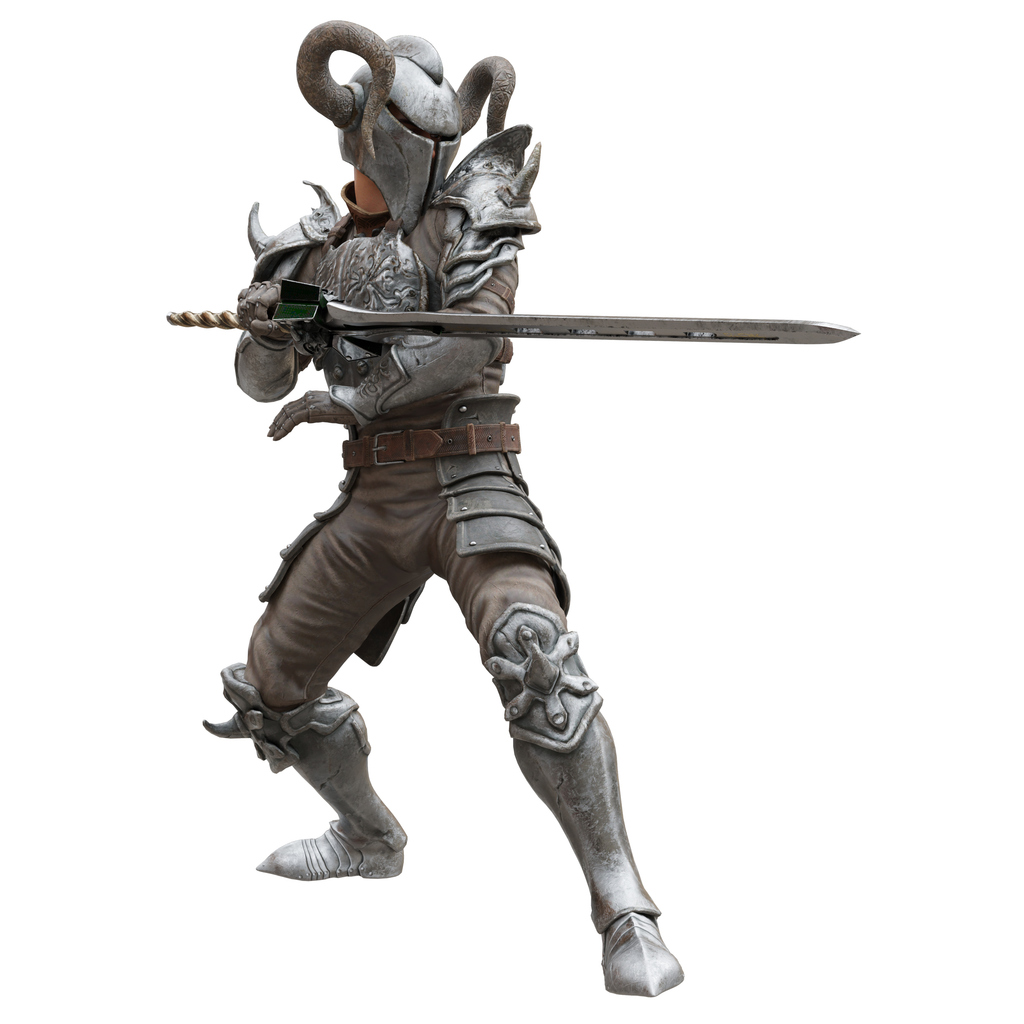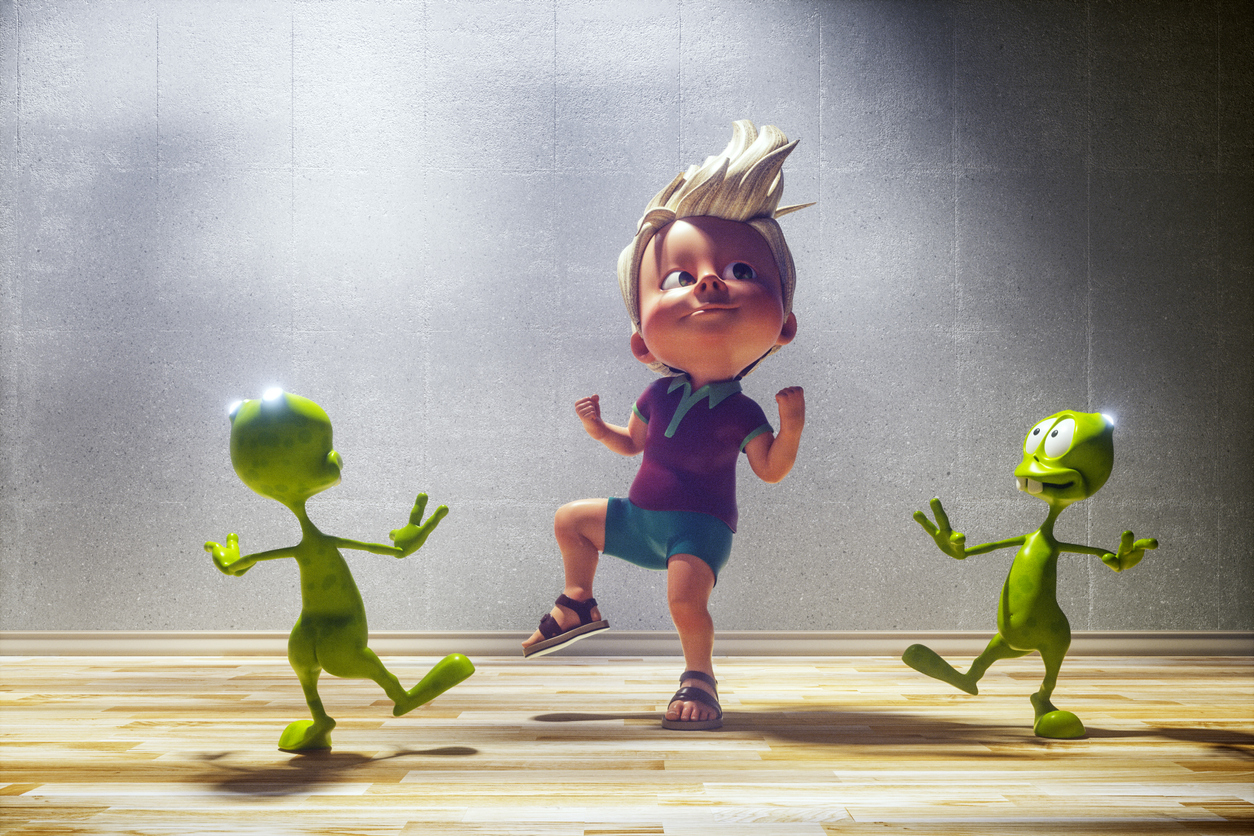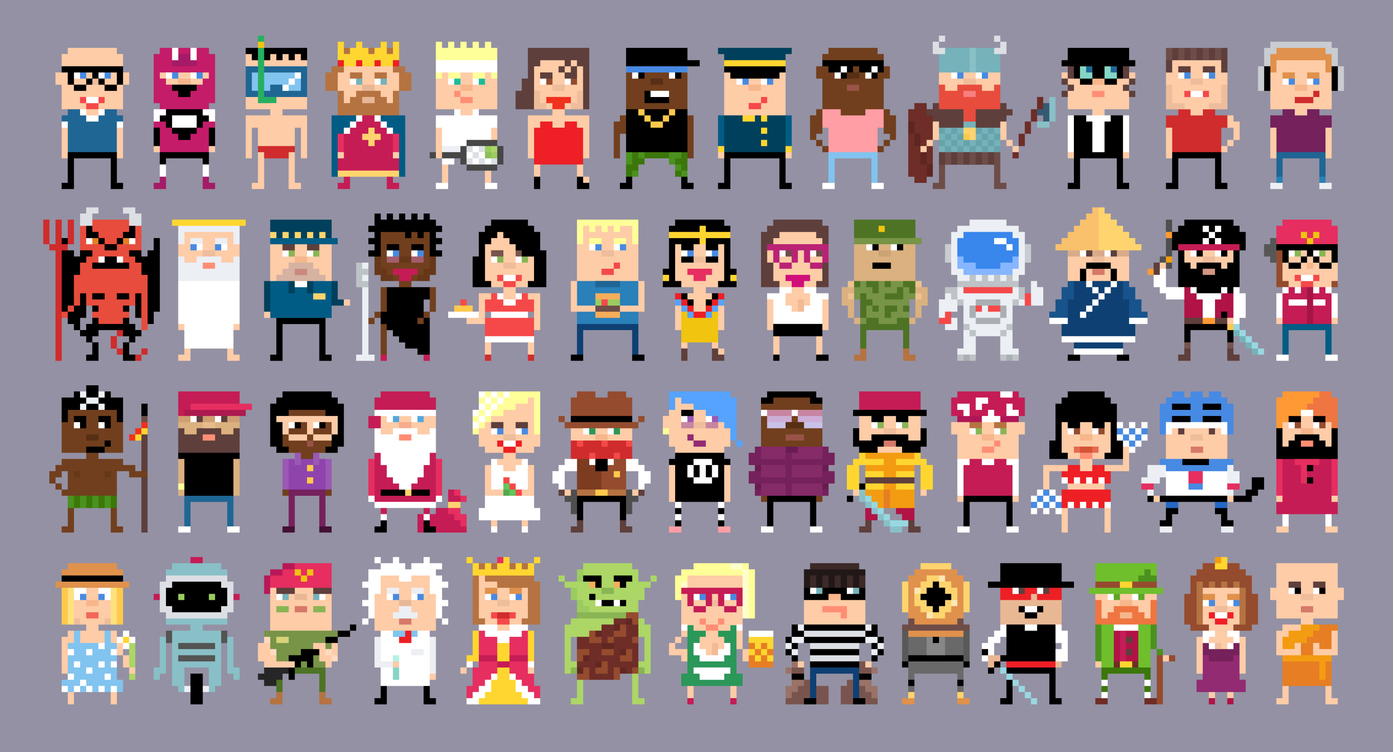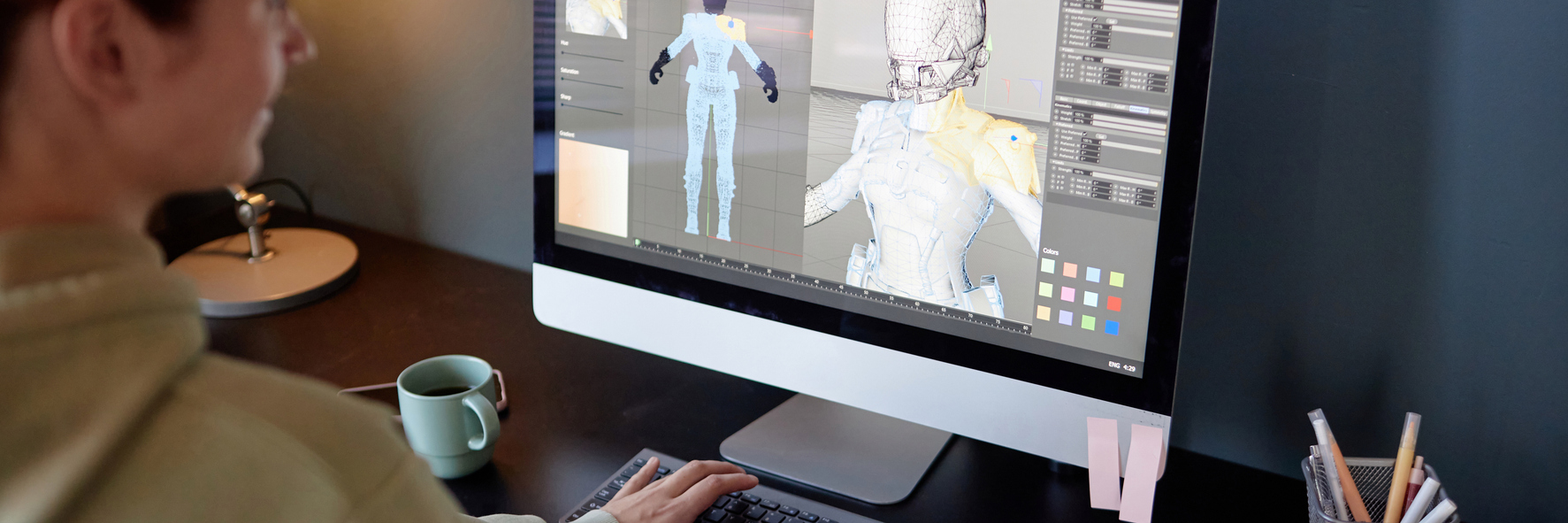Are you the kind of person who notices the subtle balance of type in a magazine ad, admires the layout of a website, or finds joy in creating visual harmony with colours and shapes? If so, a graphic design course might be your calling. Graphic design is more than just aesthetics, it’s communication, problem-solving, and storytelling wrapped into one dynamic profession. Whether you're a high school graduate exploring creative careers or a working professional looking to pivot into the arts, a graphic design course can be a powerful launchpad. But what can you actually do with this education? The answer is: a lot.
In this guide, we’ll unpack what a graphic design course can lead to career opportunities, essential graphic design skills you’ll develop, and why a modern, flexible program like VCAD’s Graphic Design Diploma can set you apart in an ever-evolving creative industry.
Why Take a Graphic Design Course?
In a visually driven world, design has become a universal language, and graphic designers are its fluent translators. Whether you're scrolling through social media, browsing a website, or walking past a storefront, you’re encountering the work of graphic designers. But how do you go from being a casual creator or admirer to a professional visual communicator? The answer lies in taking a graphic design course. A graphic design course does more than it teaches you how to use software, it helps you think critically, creatively, and strategically. It’s about learning how to solve real-world problems with visual solutions, turning abstract ideas into polished, purposeful designs. From crafting a brand’s identity to creating intuitive user experiences, designers make an impact at every level of business and culture.
Unlike traditional four-year degrees in fine arts or theory-heavy programs, many modern graphic design courses especially diploma or certificate programs emphasize hands-on, job-ready training. They’re tailored for people who want to enter the creative workforce quickly without compromising on quality. These programs attract aspiring designers of all ages high school graduates, career changers, freelancers, and entrepreneurs offering a focused, accelerated pathway into the creative industry. Benefits of a Graphic Design Course:
-
Gain the creative confidence and technical expertise to turn your passion into a professional design career
-
Learn in-demand tools like Adobe Creative Cloud, Figma, and motion design software
-
Build a compelling portfolio with real-world, industry-relevant projects
-
Receive valuable feedback and mentorship from experienced design professionals
-
Prepare for both freelance opportunities and in-house creative roles
-
Develop essential soft skills including collaboration, communication, and time management
Bonus Read: Top 10 Graphic Design Trends in 2025
Career Paths After a Graphic Design Course
Let’s dive into the career possibilities once you complete a graphic design course. The creative industry is vast and diverse, with roles that suit different skill sets from illustration to branding, digital interfaces to motion design.
1. Graphic Designer
As the name suggests, this is the most direct route. Graphic designers create visual content for digital and print media logos, brochures, social media ads, packaging, and more. You’ll learn to combine type, imagery, and colour theory to deliver messages that engage and inspire.
Industries Hiring Graphic Designers: Marketing, publishing, retail, fashion, non-profits, education, and entertainment.
2. Web and Interface Designer
If you're excited about tech and digital experiences, web design might be for you. Web and UI (User Interface) designers craft responsive layouts, functional navigation systems, and interactive visuals for websites and apps. You’ll use tools like Figma, Adobe XD, and CSS basics to bring digital ideas to life.
Pro Tip: Courses like VCAD’s offer training in both aesthetic design and principles, bridging creativity with usability.
3. UX (User Experience) Designer
UX Designers go a step beyond visuals they research user behavior and optimize the journey across digital platforms. It’s where design meets psychology. You’ll learn to map user flows, conduct usability tests, and design wireframes that prioritize user satisfaction.
Great for those who: Love solving puzzles, asking “why?”, and thinking like the end user.
4. Digital Illustrator / Visual Artist
If you have a flair for drawing, a graphic design course can help translate your passion into a profession. Illustrators work across book publishing, advertising, gaming, education, and editorial design. Whether you're creating characters, custom icons, or decorative assets, your unique style can become your signature.
Essential tools: Adobe Illustrator, Procreate, Photoshop.
5. Motion Graphics Designer / Animator
In the world of TikToks, YouTube ads, and animated explainers, motion design is booming. This role blends animation, timing, and audio to turn static content into moving stories. You might animate logos, create kinetic typography, or add dynamic flair to websites and apps.
Core tools you’ll learn: Adobe After Effects, Premiere Pro, Blender.
6. Brand Identity Designer
A brand identity designer crafts the “face” of companies. From logos to brand books, packaging to colour systems, this role is all about consistency and meaning. You’ll need to understand strategy, psychology, and how to create emotion-driven visual systems.
What sets you apart: Ability to distill abstract values into tangible visuals.
7. Advertising Designer / Art Director
Design is the engine of persuasive advertising. These creatives work on campaign visuals, from posters and banners to entire brand launches. With training in layout, messaging, and target audience insight, you’ll learn to create compelling designs that sell.
Good fit for: Creatives who enjoy storytelling, market trends, and concept ideation.
8. Packaging Designer
Ever admired the unboxing experience of a luxury product? Packaging designers merge 3D thinking with visual identity. You’ll learn typography, and how to make a brand shine on the shelf.
Bonus skills: Understanding materials, sustainability, and tactile design.
9. Freelancer or Entrepreneur
Many graphic design graduates go solo offering services to clients, starting a design studio, or launching product lines. A well-structured course not only teaches design but also business fundamentals, pricing strategies, and how to market your services.
Why it works: You set your own hours, choose your clients, and control your income potential.
10. Content Creator / Social Media Designer
The rise of Instagram, TikTok, and YouTube has opened new roles for content-focused designers. You might work with influencers, businesses, or startups to design templates, create motion reels, or build brand kits for digital content.
Key platforms: Canva, Adobe Express, Figma, Premiere Rush.
Bonus Read: How to Become a Graphic Designer in Canada
Skills You’ll Gain in a Graphic Design Course
A graphic design course is much more than software training. It teaches you to think like a designer, a problem solver who can analyze challenges and find creative solutions.
Technical Skills
Creative & Conceptual Skills
Soft Skills
Why VCAD’s Graphic Design Diploma Stands Out
Not all design courses are created equal. VCAD (Visual College of Art and Design) offers a modern, flexible program that blends theory, practice, and professional polish. Here’s why it’s a top choice for aspiring designers:
Flexible Learning Model
VCAD lets you study at your own pace while balancing life, work, or other commitments. You get 24/7 access to course content with live feedback and mentorship built in.
Accredited & Career-Focused
VCAD’s Graphic Design Diploma is certified by the Private Training Institutions Regulatory Unit (PTIRU) of British Columbia. This ensures educational quality and employer recognition.
Real-World Projects + Portfolio Development
You don’t just learn, you do. Every module helps you build a professional portfolio. Whether it’s brand redesigns, animated logos, or UI prototypes, you graduate with tangible work to show.
Career Support & Mentorship
From resume building to job placements and freelance coaching, VCAD helps you transition from student to designer with confidence.
Design the Life You Want
The world needs more designers, people who can clarify complexity, spark emotion, and create beauty in function. A graphic design course is more than a steppingstone. It’s a bridge to opportunity, expression, and impact.
If you’re ready to invest in your creative potential, VCAD’s Graphic Design Diploma offers a modern path to success. Whether you aim to design apps, launch brands, animate stories, or start your own studio, this course will prepare you to lead with vision and skill.
Ready to begin your creative journey?
Explore VCAD’s Graphic Design Diploma and design the future you’ve always imagined.
